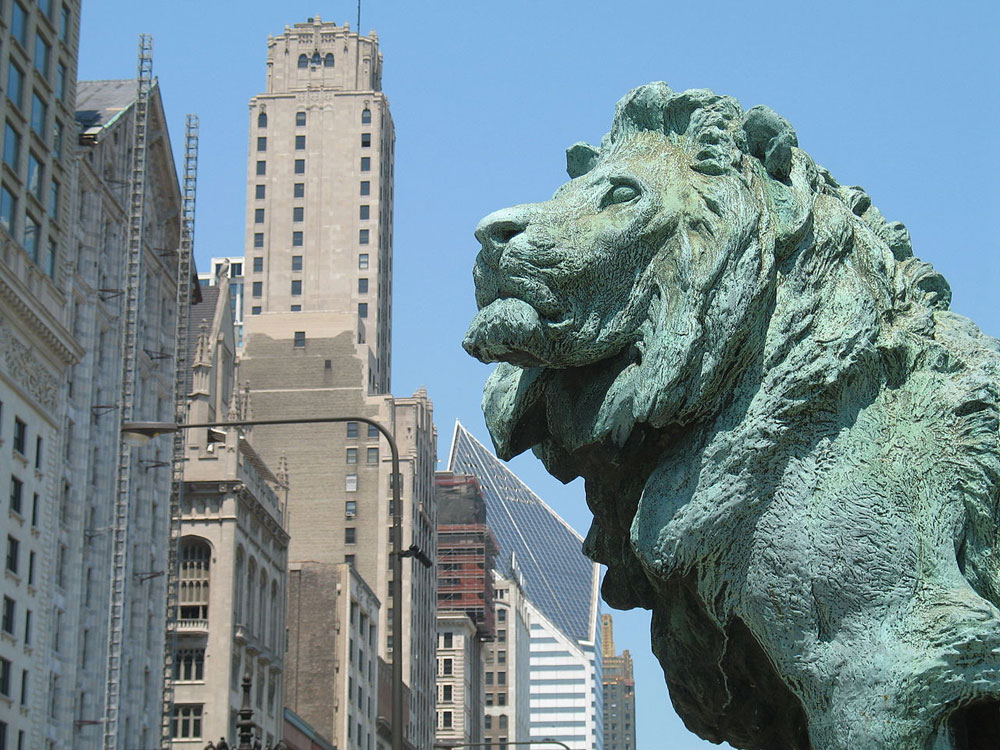
Among its many impacts, COVID-19 has hit the nation’s arts and cultural resources hard, both individually and organizationally. Recognizing the urgent need, a $15 billion federal relief package titled “Save Our Stages” was launched this year to help performance venues such as museums, zoos, and theaters, but more help is still needed.
While important, the federal program still does not help local independent artists, nor those of smaller arts and music nonprofit organizations. Many artisans have been able to claim unemployment insurance under the expanded gig-worker pandemic unemployment assistance program established under the CARES Act. But otherwise, these artists have largely been without support. A silver lining is that many local communities and the philanthropic sector are trying to fill this gap.
Just a few days ago, the city of Chicago announced close to $2.5 million in grants to support its arts community. About 20 percent of the grants, or $500,000 will provide grants to fund 10 public arts projects. Another 10 percent, or $250,000, is oriented to provide funding to three to five regranting partners to distribute sub-grants for smaller local projects. The remaining funds, estimated at $1.7 million, will support nonprofit arts organizations. The focus of the program is to assist artists in the mostly Black and Latinx South and West Side Chicago neighborhoods, which have taken the worst the pandemic has to dish out.
“The City of Chicago is facing a critical moment in its history as the COVID-19 pandemic amplifies systemic racism and the history of disinvestment on the South and West sides of the city and presents an opportunity to rebuild towards equity,” reads the city’s press release. “Recognizing that artists have always played an important role in advancing the causes of justice and equity, DCASE [Department of Cultural Affairs and Special Events] seeks to support artists in developing projects that engage the public in a constructive, civic dialogue that will propel our collective action, facilitate progress, and make Chicago a model city for the nation as it faces the difficult work ahead.”
DCASE’s Artist Response Program has invited proposals for projects that, among other things:
Sign up for our free newsletters
Subscribe to NPQ's newsletters to have our top stories delivered directly to your inbox.
By signing up, you agree to our privacy policy and terms of use, and to receive messages from NPQ and our partners.
- “Use art as a tool to inspire community organizing, civic engagement and participation.”
- “Seek to celebrate and preserve the cultural traditions of underrepresented or historically marginalized groups.”
- “Recognize and illuminate the character defining attributes of Chicago’s neighborhoods.”
“This has presented us with a unique opportunity to not only rebuild our city with the values of equity and inclusion in mind, but also document this journey with art projects designed to engage residents in dialogue, reflection, and action,” said Mayor Lori Lightfoot when presenting the program.
This is not the first effort in Chicago to support local artists. For example, the Arts for Illinois Relief Fund, a public-private partnership, is an emergency program created for the city of Chicago, mostly for performing arts venues. Combining the limited resources available from strapped governments with funds made available from foundations and individual donors, the fund has been able to make $6,909,450 in grants to 2,493 artists and 269 organizations since it was launched last April. The average grant size was small, however, around $2,500 per grantee. Indeed, the gap between need and available arts funding is obvious.
Even if under-resourced, Chicago’s program does attempt to provide official recognition of the vital role that the arts and artists play. Beyond the economic costs of lost jobs and tax revenues, artists and their work have a critical role in the city’s response to the trauma of this moment and to the economic and cultural rifts that it has exposed.
Efforts like these may be mirrored in states and cities across the nation, but they cannot replace the missing national commitment that is vital if our society is not to be left with a gaping wound when we are once again “normal.” Jody Patterson, the Roy Lichtenstein chair of art history and an associate professor at Ohio State University, captured in a Vox interview last summer what we have at risk when she reflected on the Franklin Roosevelt administration’s efforts to recover from the Great Depression. “A democracy could not call itself as such without art, music, theater, poetry, writing, design, photography, film. So, for [President] Roosevelt, this was the American way of life, this richness of experience, and accessibility to culture was the kind of democracy that he was fostering.”
As President Joe Biden and Congress work on the next round of assistance, we must continue to support the vital role of museums and artists, theaters and actors, libraries and writers. As NPQ’s Cyndi Suarez wrote last April, while the COVID economy “is clearly devastating for artists, the damage to the artistic community is also terrible for the country, because what we need now more than ever is a big cultural shift.”—Martin Levine











